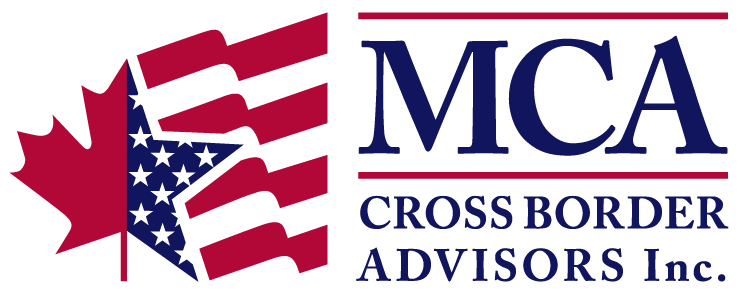Americans who work as employees typically have either a 401(k) retirement savings plan through their company, or a private Individual Retirement Account (“IRA”). US small business owners usually choose to establish other retirement plans that are more suitable for the size of their business and their individual needs.
For instance, many small business owners in the US establish the Simplified Employee Pension IRA (“SEP IRA”). Like the Canadian RRSP, SEP IRAs allow pre-tax contributions, provide tax deductions, and offer tax-free growth on income (tax is levied only upon withdrawal from the plan).
In addition to the above benefits, the SEP IRA has a higher yearly maximum contribution limit than the traditional IRA. In 2018, the maximum yearly contribution to the SEP IRA is $55,000, which is far more attractive than the maximum yearly contributions to the traditional IRA of $5,500 for those aged 49 or younger and $6,500 for those 50 and older.
If you have employees, yet another benefit of the SEP IRA is that it enables employers to contribute to retirement savings accounts for their employees.
Another popular retirement savings vehicle for US small business owners with employees is the Savings Incentive Match Plan for Employees IRA, commonly known as the SIMPLE IRA.
The Self-Employed 401(k) is also attractive for US small business owners as it allows for a high yearly maximum contribution level. However, this plan cannot cover employees (it only covers the employer/self-employed individual and that individual’s spouse employee).
